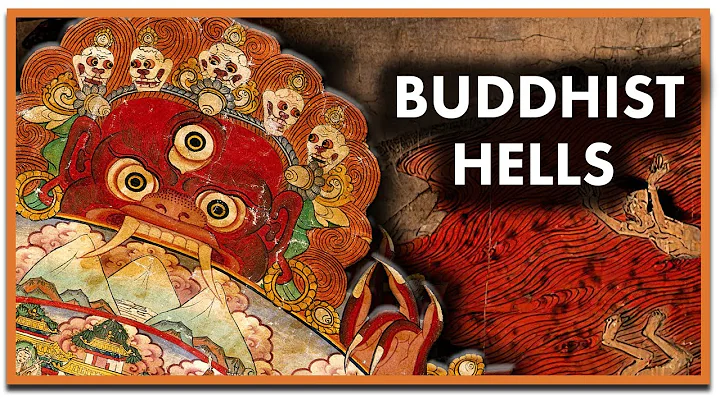
(Guanghui Wufa Jingjue Miaoshanyi National Exercise Teaching Initiation and Precepts and Destiny of the Buddha Son of the West)
1486, Emperor Chenghua of the Ming Dynasty gave a seal to a monk named Qutan Temple in Ledu, Qinghai, "Guanghui Wufa Jingjue Miaoshanyi National Exercise Teaching Initiation and Precepts and Destiny of the Buddha Son of the West".

(The imperial edict issued by the monk "Jihuzhu" in Yangjuan Temple, which is currently in the National Museum)
Yangjuan Temple is one of the temples of Da Chongjiao Temple, a Tibetan Buddhist temple in Minzhou Wei, Shaanxi (now Minxian County, Gansu) in the Ming Dynasty. This is an imperial edict issued by the central government of the Ming Dynasty to allow the monk "Jihuzhu" to inherit the ministry of his uncle Lama.

( Yongle gilded copper incense burner)
The central government of the Ming Dynasty also rewarded temples and monks in Tibet areas with religious objects. Some are still hidden in temples or museums, such as Qutan Temple hidden Ming Yongle gilded copper Guanyin statues, Qinghai Provincial Museum hidden Yongle gilded
gold bronze Manjushri Bodhisattva statues, Yongle gilded copper gilded Tars statues, and Yongle gilded copper incense burner in the picture above.

(golden medal sign, currently in Qinghai Provincial Museum)
Tea and Horse Market is one of the strategies of the Ming Dynasty to manage Tibet areas. In order to regulate the mutual market, the Ming Taizu once specially awarded the Nama Xifan tribe chariot to Ganqing as a certificate of Nama. The picture above shows the gold medal letter talisman officially issued to the Tibetan tribe of Biliwei during the Hongwu period of the Ming Dynasty. The back is cast with seal script "The emperor's imperial edict is issued, and those who do not believe it are killed."

(Announcement from the imperial envoy in 619 to the monasteries and masses in Qinghai, existing Qinghai Archives)
In this notice, the Ming Dynasty officials asked all Tibetan tribes in the area to "bear the Emperor of Ming Dynasty" and trade on time.

(a private contract related to border tea trade discovered in Luding, Sichuan. "Wanli Contract")
This contract was signed by local official Yu Jingdong, local "elders" and merchant representatives, as well as the housekeepers of "Bashi" (local military officer of the court), "Mingzhen official" (王沪合 local chief) and stamped with an official seal. Behind the contract involves the struggle between local chieftains for tea trade interests caused by the Ming Dynasty's tea and horse policy.







![[English] Who Am I - Lecture 1 - Ven. Guan Cheng - DayDayNews](https://i.ytimg.com/vi/KU0fUs2It5o/hq720.jpg?sqp=-oaymwEcCNAFEJQDSFXyq4qpAw4IARUAAIhCGAFwAcABBg==&rs=AOn4CLDFpQUN_QwRfC7bmP4sUadq-RcYdg)
![A Moving Masterpiece 清明上河图 [English narration] - DayDayNews](https://i.ytimg.com/vi/kxff-4GktOI/hqdefault.jpg?sqp=-oaymwEcCOADEI4CSFXyq4qpAw4IARUAAIhCGAFwAcABBg==&rs=AOn4CLBtHGLeUpJNCYDJYnZTuISQ1N5Vag)


